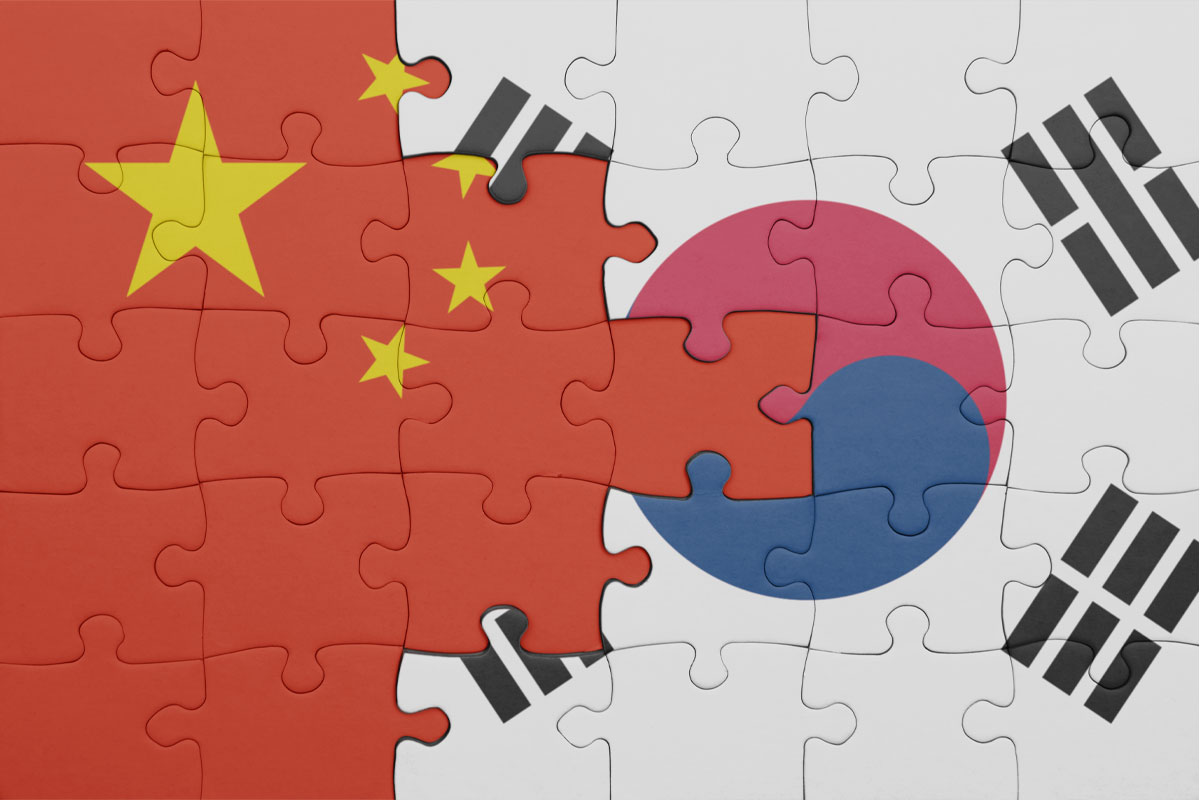in Issue & Trend
Korean Issue Highlights
Korean Issues Timeline
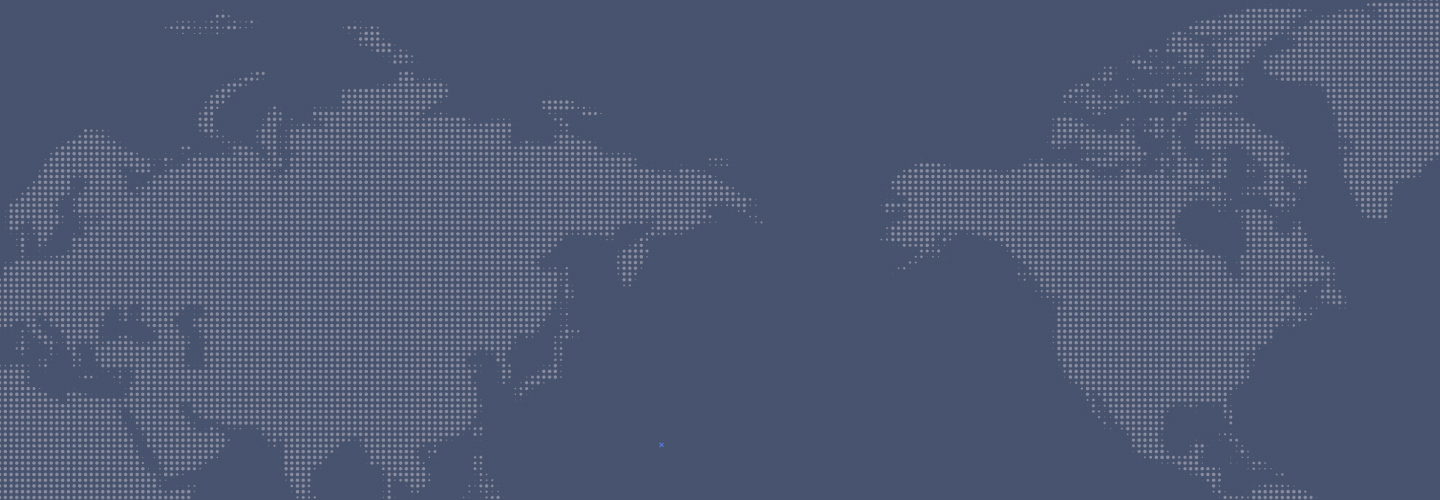
Korean Issues Timeline
July
July 1
New Ministry of Population Strategy to the Low Birthrate
The government will merge population-related functions from the Ministry of Economy and Finance and the Ministry of Health and Welfare to form the Ministry of Population Strategy. The “Presidential Committee on Aging Society and Population Policy” will be renamed the “Population Crisis Response Committee” under the new ministry. The Population Strategy Minister will take over the Deputy Prime Minister role for social affairs from the Education Minister.
July 3
Companies Increasing Dividends Get Tax Breaks
The government announced tax support for value-up companies in its H2 economic policy directions. Firms that publicly commit to raising shareholder returns, such as dividends or stock buybacks, by over 5% compared to the previous three years, will receive tax credits on the excess.
July 11
Rate Frozen Again, Extending Record 18 Months at 3.5%
The Bank of Korea held the key interest rate at 3.5%, maintaining its tightening stance. Despite inflation nearing the 2% target, concerns over the won-dollar exchange rate, household debt, and US rate policies suggest a cautious approach in deciding when to pivot.
July 17
K-Nuclear Surpasses Nuclear Powerhouse France
South Korea was selected as the preferred bidder for a KRW 24 trillion Czech nuclear project, marking its return as a nuclear exporter after 15 years, since the UAE’s Barakah plant in 2009. It has been two years since the reversal of the Moon Jae-in administration’s anti-nuclear policy. This marks a step closer to the government’s goal of “exporting 10 nuclear reactors by 2030.”
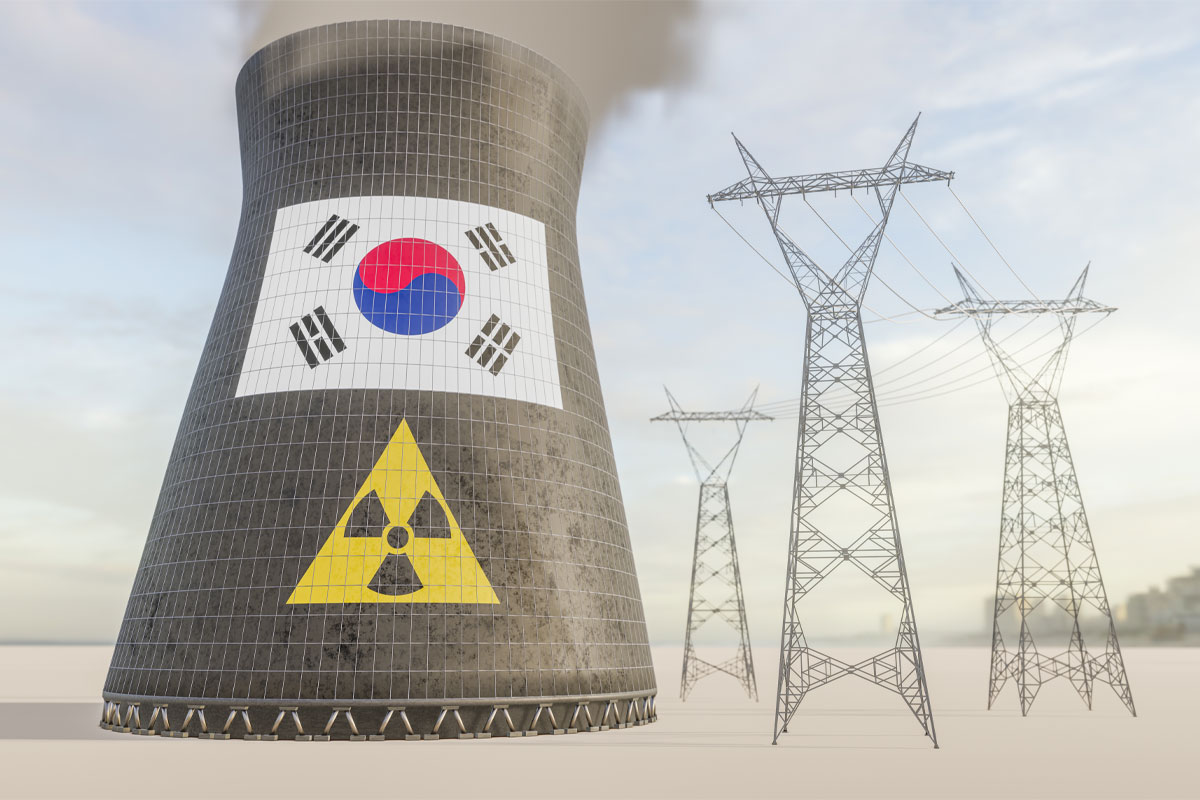
July
July 25
Ministry of Economy and Finance Maintains 2.6% Growth Forecast
Despite a 0.2% GDP contraction in Q2, the government maintains its 2.6% growth outlook, citing solid export growth and gradual domestic recovery in the second half of the year.
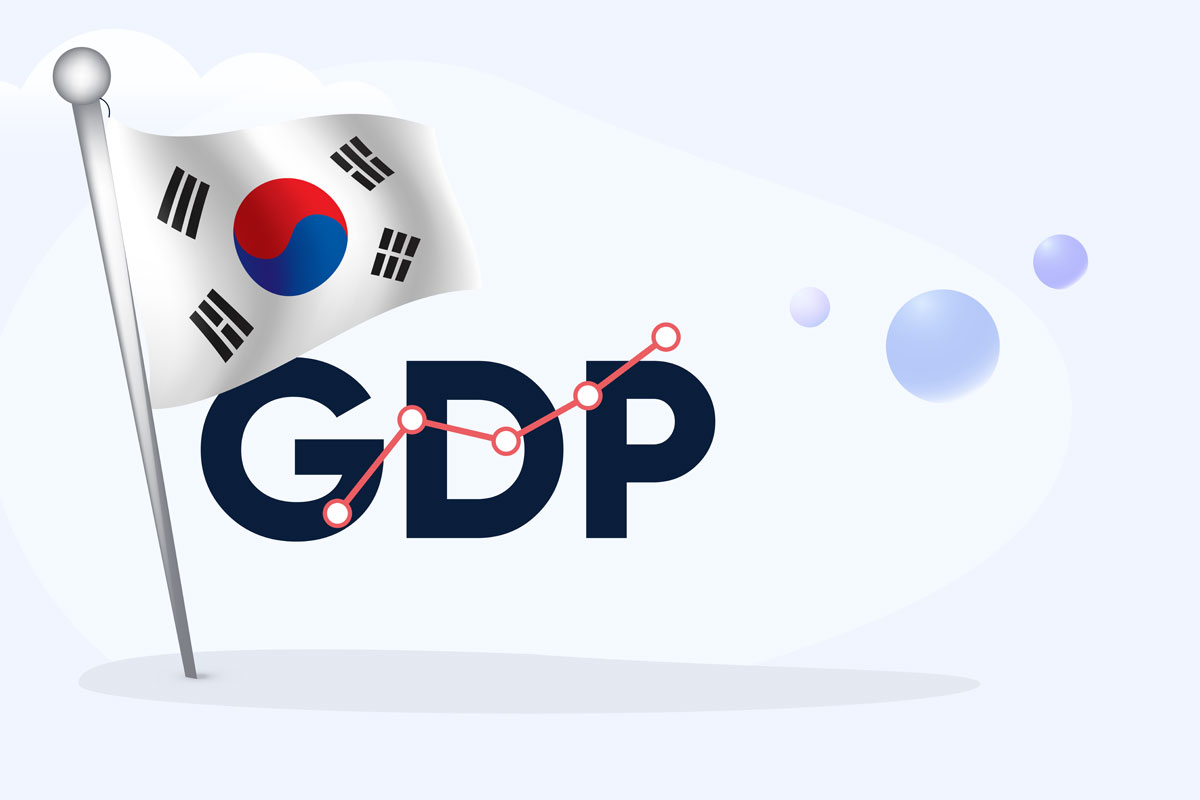
July 29
TMON and WeMakePrice File for Corporate Rehabilitation
Amid the payment and refund crisis, TMON and Wemakeprice filed for corporate rehabilitation on the 29th, just hours after Qoo10 CEO Young-bae Koo’s apology. Both are subsidiaries of Singapore-based Qoo10. The government estimates their unpaid settlements at around KRW 213.4 billion, a figure that could exceed KRW 1 trillion as future payments come due.

August
August 4
Won-Denominated FX Stabilization Bonds Return After 21 Years
The government plans to issue up to KRW 8 trillion in won-denominated foreign exchange stabilization bonds (FX bonds) in Q4. This marks their return 21 years since the last issuance in 2003. These bonds are used to stabilize the won’s value by securing foreign exchange funds. Foreign exchange authorities typically use their foreign reserves to sell dollars and protect the value of the won during times of won depreciation (rising exchange rates).
August 5
Market Crash: KOSPI Drops 9%, KOSDAQ 11%
KOSPI plunged over 8% on the 5th due to fears of a US recession, marking its worst day since October 24, 2008 (-10.57%). The KOSPI market cap fell to KRW 1,997.745 trillion, losing around KRW 192 trillion in one day. This is the first drop below KRW 2,000 trillion since January 22, 2024. The KOSDAQ’s market cap decreased to KRW 338.4265 trillion, losing about KRW 43 trillion. Combined, both markets saw a total loss of KRW 235 trillion.
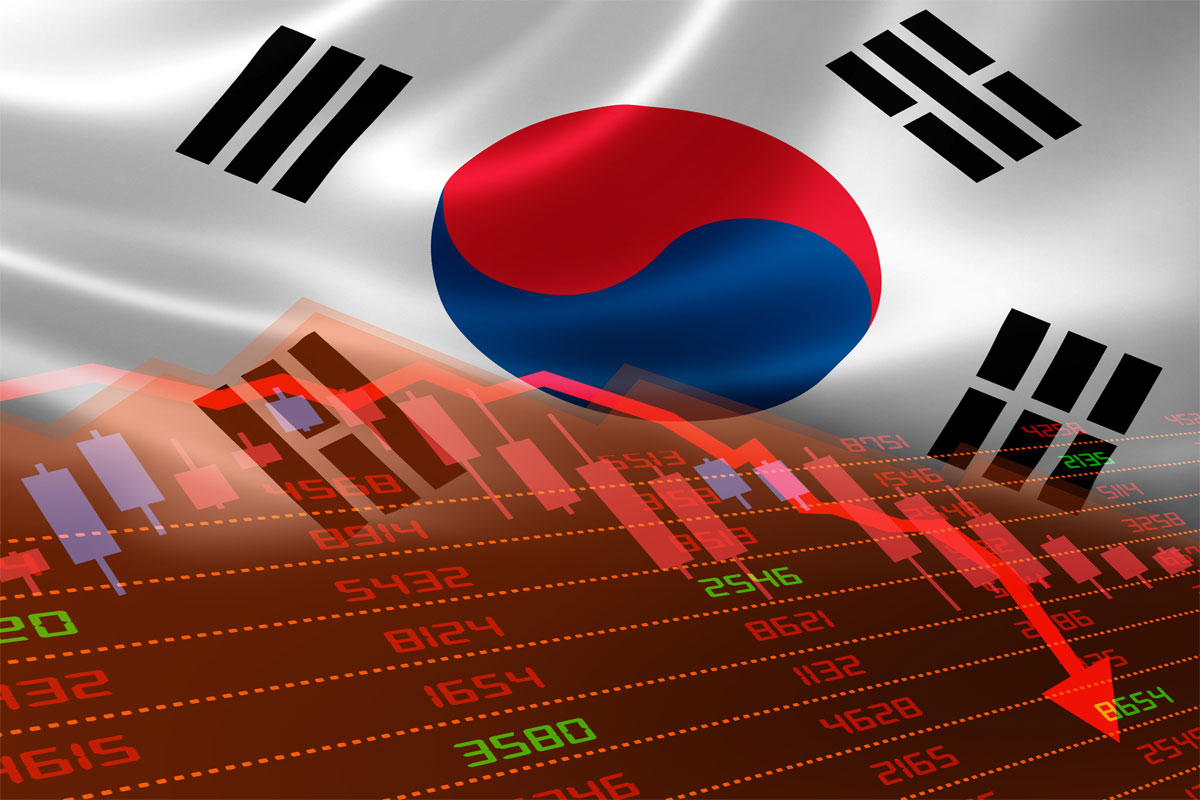
August 7
K-Startups Attracting Chinese Capital
Chinese big tech and venture capital (VC) firms are rising as key players in the Korean startup space. With signs of prolonged domestic stagnation and challenges in expanding overseas, they are focusing on Korean startups. Struggling to attract more investment, the Korean startup sector is closely monitoring these Chinese investors.
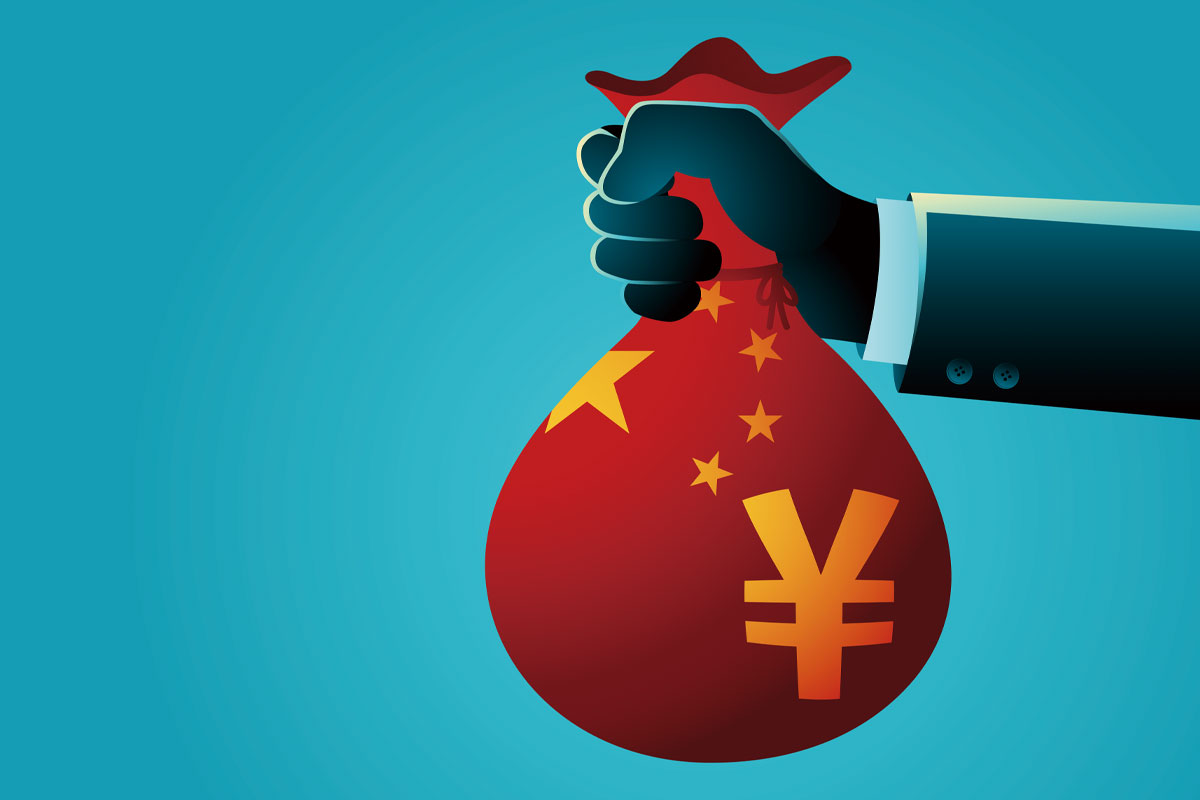
August 11
Domestic Stagnation Persists, Retail Sales Down for 9 Quarters
While exports continue to recover and inflation stabilizes at around 2%, domestic demand remains weak. Goods consumption has dropped for nine straight quarters, with service sector output decreasing for over a year. According to Korean Statistical Information Service (KOSIS), the retail sales index for Q2 fell by 2.9% year-on-year, the largest drop since Q1 2009 (-4.5%).

August
August 20
With Concerns Over Sluggish Tax Revenue, Unused Budget Option Resurfaces
With “sluggish tax revenue” confirmed for two years, last year’s “unused budget” approach is back. This year, the government has fewer options to fill its finances compared to last year. A record deficit has reduced the net budget surplus, and various funding sources have already been used. Ultimately, the government’s options now seem limited to executing fewer planned projects, leading to more “unused budget.”
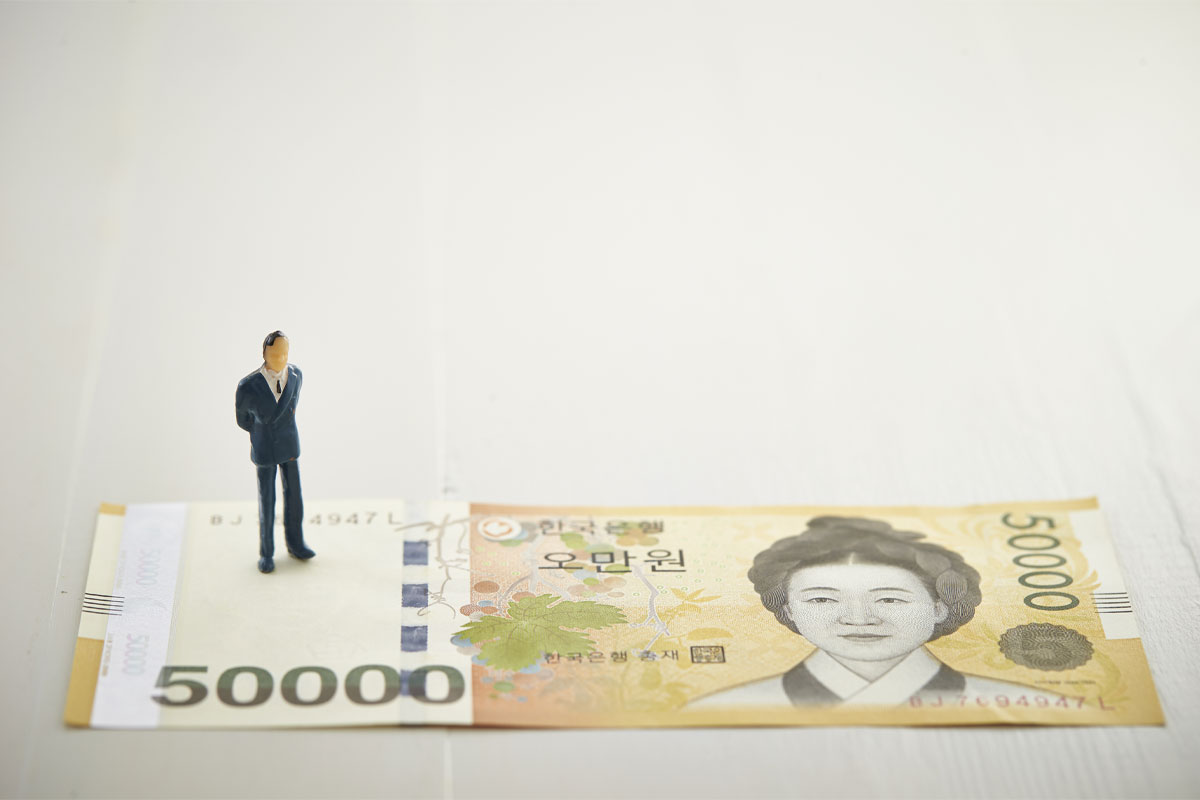
August 26
KRW 30 Trillion Investment in 12 Major Strategic Technologies
The Ministry of Science and ICT announced the first plan for fostering national strategic technologies. Over the next five years, more than KRW 30 trillion will be invested in twelve key areas, expanding the leading sectors from three—semiconductors, displays, and batteries—to six. Investments in AI-semiconductors, advanced biotechnology, and quantum technology, designated as three game-changing technologies, will rise 24% from KRW 2.8 trillion this year to KRW 3.4 trillion next year.

August 29
Carbon Neutrality Law Unconstitutional
The Constitutional Court ruled that the government’s lack of greenhouse gas reduction targets after 2031 violates the constitution by failing to protect citizens’ basic rights. This first ruling in Asia acknowledges that inadequate climate action may lead to fundamental rights violations.

August 30
Regional Electricity Rates to Change in Two Years
Starting in 2026, electricity rates will vary by region based on self-sufficiency. The National Assembly’s report on the “Analysis of Issues for the 2024 National Inspection” states that the Korea Electric Power Corporation can impose differentiated rates between regions, considering transmission costs, under the Distributed Energy Act. The government plans to introduce a “regional marginal price system” in the first half of next year to calculate local costs, with retail adjustments based on wholesale costs phased in from 2026.
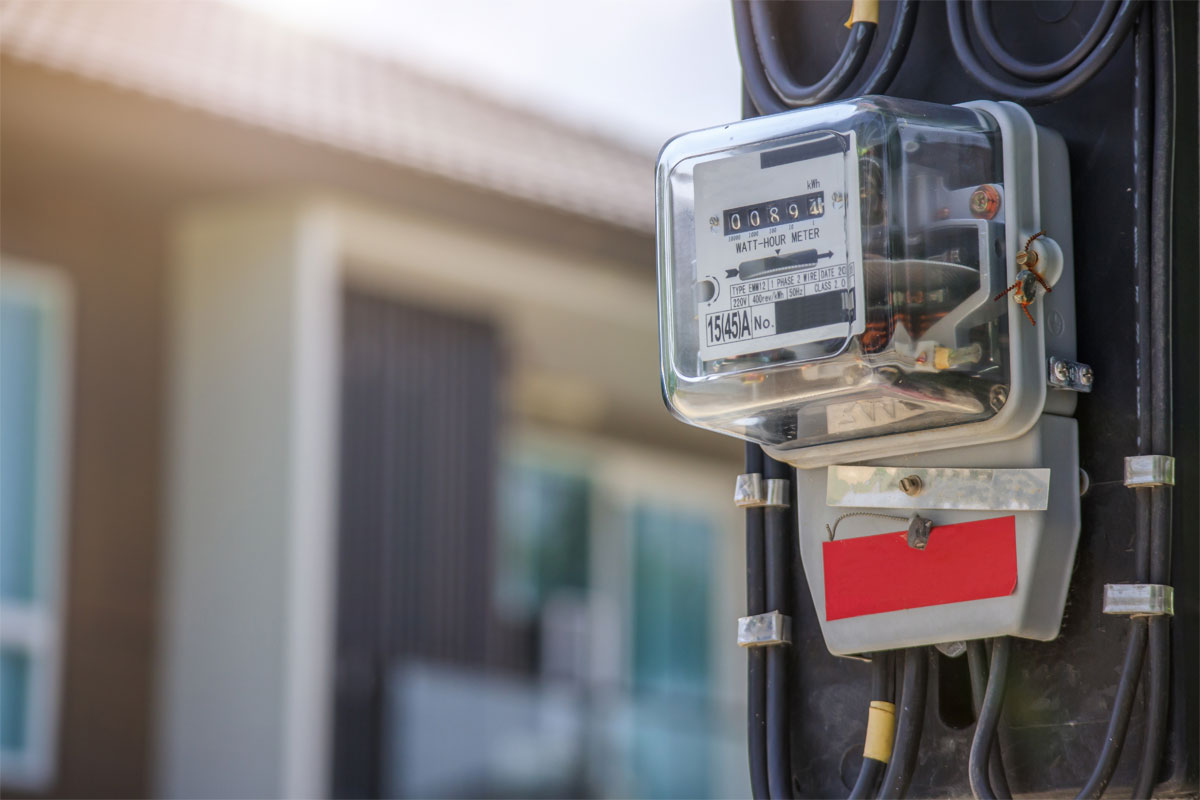
September
September 1
Exports Rise for 11 Months Straight
Korea’s exports in August rose 11.4% year-on-year, continuing 11 months of growth. Semi-conductor exports, led by high-bandwidth memory (HBM) neared USD 12 billion, making up over 20% of total exports. Exports to China exceeded USD 10 billion for six months consecutive, keeping its spot as Korea’s largest export market, ahead of the US for two consecutive months.
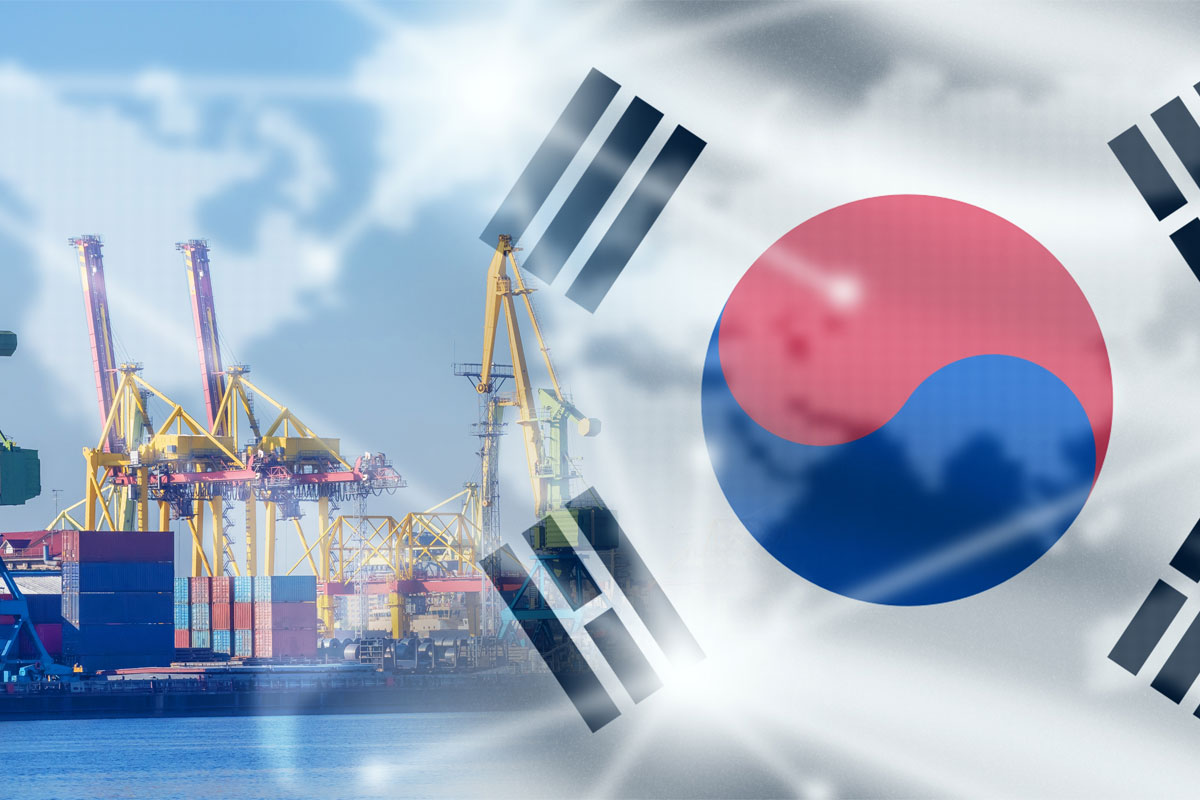
September 3
Consumer Prices Up 2.0% in August
Consumer price inflation eased to the low 2% range. Statistics Korea reported an August consumer price index of 114.54 (2020=100), reflecting a 2.0% increase from a year ago as the lowest since March 2021 at 1.9%.
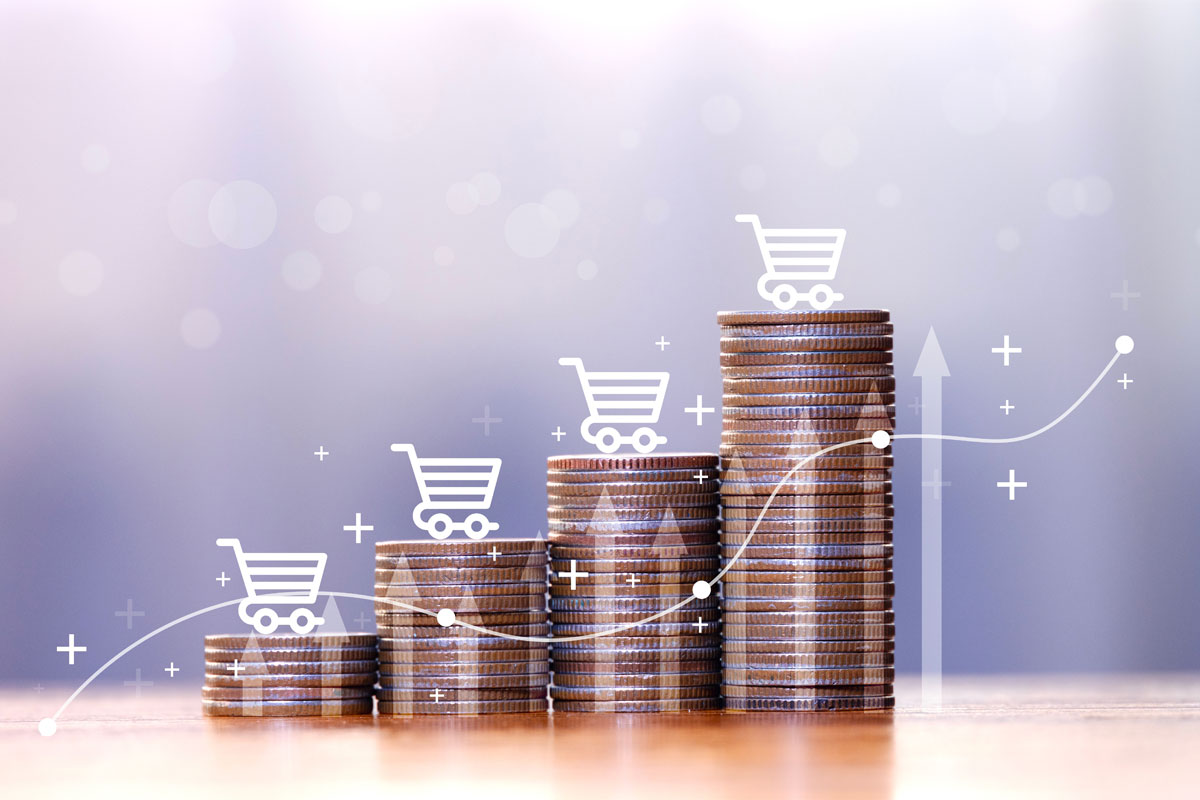
September 4
Pension Reform Moves to National Assembly
The government has presented a national pension reform plan including premium rate increases and fund stability measures, now leaving the matter to the National Assembly. Though the Assembly must create a consensus and amend laws, differing opinions between parties on key points suggest a challenging debate ahead.
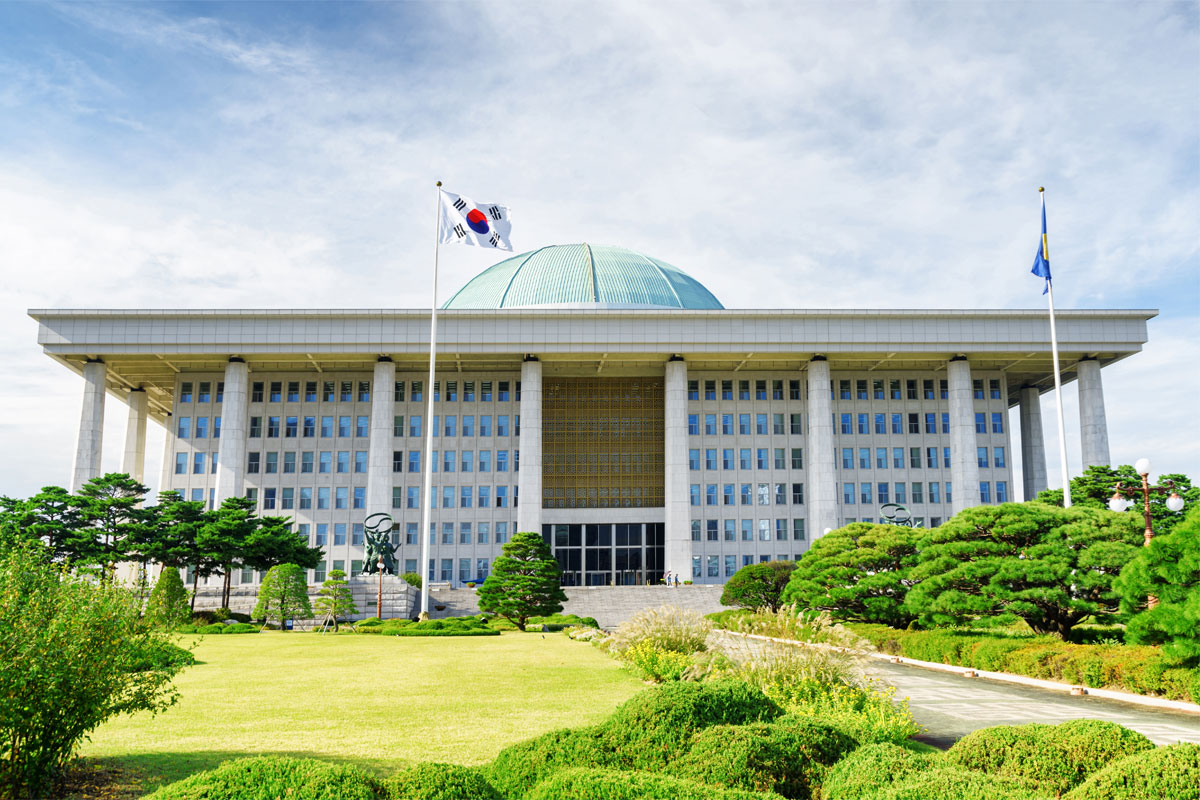
September 4
Platform with Tax Privileges: 12 Trillion Earned, 15 Billion Paid
Google Korea reported earning KRW 365.3 billion last year and paid corporate tax of KRW 15.5 billion. However, a report presented at the Korean Financial Management Association’s fall seminar estimated real revenues of KRW 12.135 trillion and corporate tax at KRW 518 billion that should have been. “Foreign platforms generate astronomical profits in Korea, but their tax payments are at a small business level,” said Gang Hyung-Gu, president of the Korean Financial Management Association.
September
September 5
China Trade Surplus Items Drop 40% in 10 Years
The number of items in which Korea generates a trade surplus against China has decreased nearly 40% since 2010. An analysis conducted by the Hankookilbo through the Trend Analysis Office of the Korea International Trade Association found that 66 items, which recorded a surplus in trade with China in 2019, have since turned into a deficit five years later.
